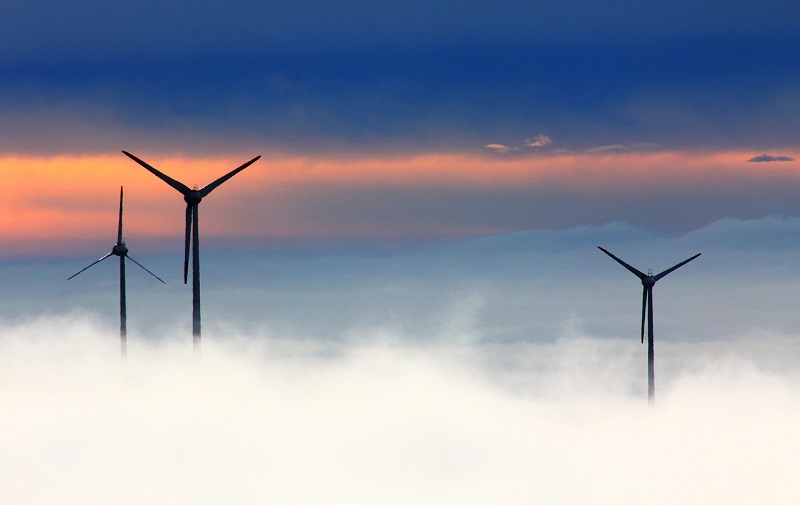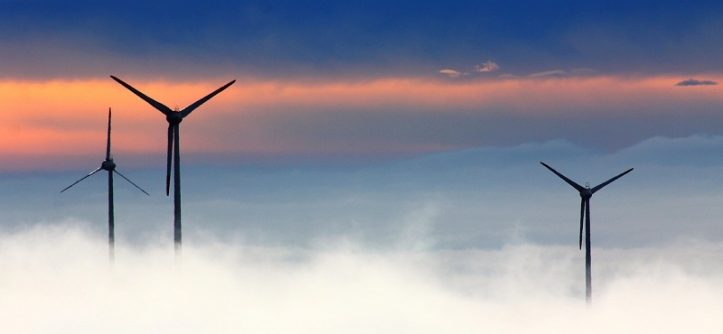Although private consumption level of self-consumption is already on the threshold of profitability, what the world really question is: When renewable energy will be cheaper and more efficient than non -renewable?
This point is key to achieving greater penetration of this type of energy, which in turn is crucial to reduce carbon emissions, and right now, except struts cases, is not that renewable are the ones that dominate the market.
The cost and profitability are key to further penetration
For example, renewable account for approximately 50% of generation, of which 20% is hydropower, 24% to 5% wind and solar energy.

However, in other countries this percentage is much lower. In the US, the share of renewable around 10% , and that including that percentage 50% comes from biomass (wood, waste and biofuels), 25% hydroelectric and only the remaining 25% of solar energy (0 , 4% of the total), geothermal (0.2%) and wind (1.8%).
This is because the cost of solar energy is still above other energy sources , as may be the oil, coal , natural gas or nuclear energy, which are the “pie” is distributed in markets as large as US (35, 28, 18 and 8% respectively).
Of course compare what it costs each source of energy is not an easy task, but there is a measure quite accepted, known as Levelized Cost of Energy (LCOE), a calculation of the theoretical cost of generating electricity , taking into account the total cost of a power plant throughout its life cycle (construction, maintenance, fuel , if applicable …) divided by all electricity that is able to produce in the same period. The result is a comparable unit in dollars per kWh produced.
Thanks to openei we can enjoy this magnificent interactive graphic on this data to compare between different types of energy.
Summarizing much, we can see that only wind energy ($ 0.07 / kWh for marine, 0.13 $ / kWh for ground) and hydropower ($ 0.10 / kWh) are comparable to other energy sources such as coal ($ 0.07 / kWh), natural gas ($ 0.15 / kWh) or oil ($ 0.15 / kWh), while solar PV is still the most expensive of all, with a median of $ 0.29 / kWh for PV and $ 0.21 / kWh.
A brighter future?
Although solar energy is still far from being the cheapest option, it is no less true that renewable energies lead growing steadily over recent years.
In fact, the study New Energy Outlook 2016 published by Bloomberg New Energy Finance predicts that renewable energy will be the cheapest way to produce electricity by 2040 , with a reduction of 60% for photovoltaics and 41% for wind and that this goal will be achieved in many countries before, during the 2020s.
Currently the cost of a photovoltaic plant is around $ 1.25 per W of installed power and, according to optimistic estimates, by 2040 it would be about $ 0.75 / W installed, which in turn would reduce the LCOE to competitive levels.
You may also like to read another article on improtecinc: The new fastest supercomputer in the world is Chinese and does not use American technology
However, not all experts think the same way and consider that this 60% reduction is not enough. Some more pessimistic estimates put a price $ 0.25 W installed for solar energy competitive and research that focuses not only on improving the efficiency of the panels.
His argument is based on the need to take into account what they call value deflation. That is, as the market penetration of solar energy is greater, profitability will be lower.
This can be explained based on how the wholesale electricity market works. Basically, it is an auction in which each producer provides electricity to the price at which it is willing to produce it. At the same time, power marketers put on the table the estimated demand. When the curve of supply and demand intersect, that is the price that will be paid all electricity produced during that time.
Stated another way, power companies are “buying” cheaper electricity producers, then the not so cheap and then the most expensive, to complete your “basket”. How confusing is that, instead of paying each electricity at the price offered, all electricity is paid the price of the last to buy the most expensive.
Such as solar and wind power cannot be turned on, off and regulate as a central gas or oil, but putting them on the market all the energy it produces, its starting price is zero, because they are willing to sell to any price .
That does not mean that the gifting, because as explained, all electricity is paid the price of the more expensive it gets to be sold, but there may be cases where, if wind and solar energy sufficient to cover all the demand, that electricity is not paid.
In the same way, as its share in the market increases, more situations where this occurs will be given, and others in which not more expensive electricity prices are reached, and therefore lower yields. Thus, each new solar installation reduces the value of the whole, and the reason why many analysts are not so flattering, even though the costs of solar energy and wind energy are significantly reduced in the coming decades.
Tags: cheaper, renewable energy




Leave a Reply